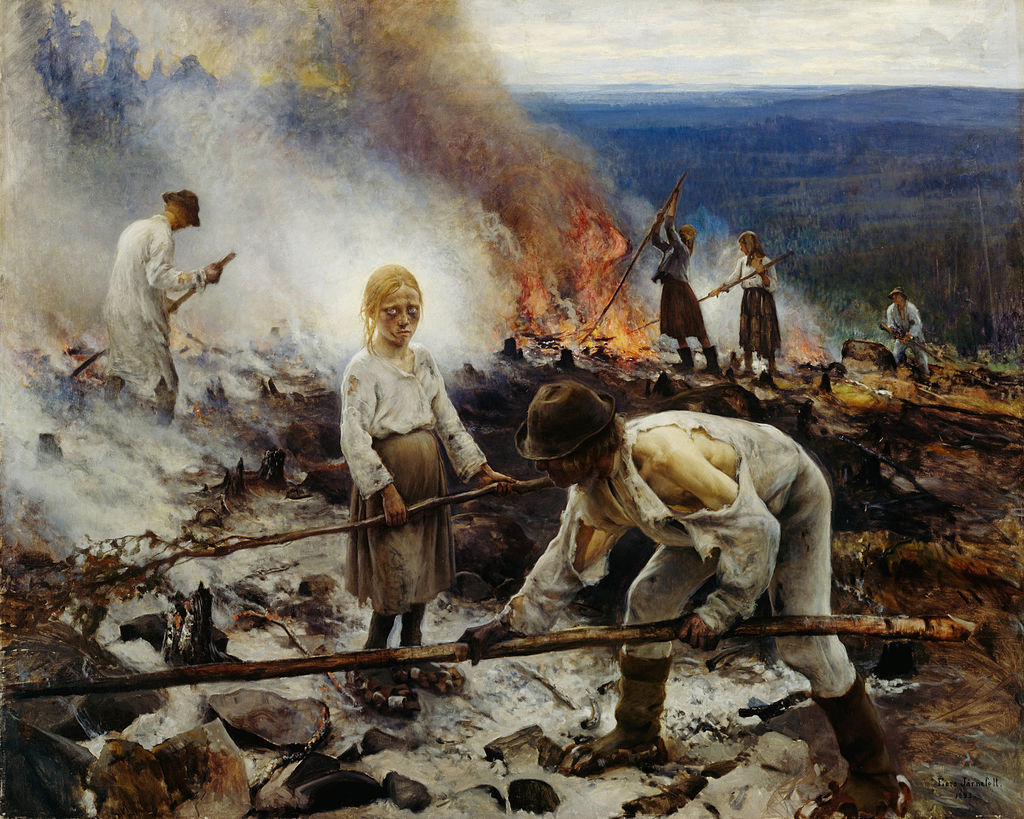 Programmers at work maintaining a Ruby on Rails application
Programmers at work maintaining a Ruby on Rails application
Evercondo was upgraded to Rails 4 and we thought we would celebrate by writing about it. The upgrade started over 2 years ago and we ended up making a big push to finish it over the summer. We mostly did it because Rails 3 stopped receiving security updates but it’s helped us in other ways.
We like the new shiny! Deploys are a lot faster and it’s good to know that we are keeping up with security updates. Our only regrets are that we didn’t do it sooner and that we didn’t pay attention to test coverage before.
The Plan
Evercondo is a pretty standard Rails monolith, serving both HTML to browsers and an API to a mobile app. We serve thousands of users every month and wanted to make sure that none of them would notice the upgrade. We also had to do all this while releasing new features.
In the end, we found around 5 upgrade bugs and did not have any upgrade related downtime in the 2+ years we were doing the migration. A big reason we were able to do this was because we could deploy upgrades to production in tiny pieces while still on Rails 3. The migration basically went like this:
- Update all the gems so they work with both Rails 3 and Rails 4 (while still on Rails 3)
- Install the ‘strong-params’ gem (while still on Rails 3)
- Update models and controllers to strong parameters (while still on Rails 3)
- Start a Rails 4 feature branch and then really put it into Rails 4
- Update all the rest of the gems
- Upgrade all the broken ActiveRecord queries.
- Merge and release the Rails 4 branch.
Having a big set of automated tests were essential to this migration. And while it’s great that we only released a few bugs I cannot help thinking that we could have done better if we had more tests.
Devise and Strong Parameters
Updating Devise and migrating all our models and controllers took a lot of time. And that was OK. Since these could be done while we were still on Rails 3 we spread out the changes over a long time. We would
- cautiously upgrade Devise to the next minor release,
- test the shit out of it on staging,
- deploy it and wait to see if users found any bugs we missed,
- then upgrade it to the next minor release a week later
We took the same cautious approach to upgrading to Strong Parameters, doing it one major feature at a time. This incremental approach worked out pretty well for us since most of our bugs were caught in this phase. We got to deal with migration bugs spread over 2 years instead of scrambling to fix everything at the same time.
An unexpected benefit of going through every single model and controller on the application was getting rid of all the old, unused stuff that were hanging around. It felt great. The only thing better than writing good code is having less code to worry about.
ActiveRecord Shenanigans
ActiveRecord 4 came with a bunch of new features and changes. We had to update the finders, the new integration with hstore and change how joins and references were made. ActiveRecord also broke the way we were using @wireframe’s Multitenant gem. All the ActiveRecord updates ended up changing 8% of the codebase and we had no easy way to release it to production in increments. It was big bang or bust and we had our fingers on the revert button in case it all went to hell.
15 minutes after it went live a user found a bug that eluded weeks of automated testing. It was this fine query,

We did not collect test coverage data before so it was never obvious that we missed this. Since then we’ve been leaning on Code Climate to gather coverage data and actually see what our tests are testing with the their Chrome extension. The extension highlights untested lines of code on Github so it’s obvious when hairy parts of the codebase isn’t tested. It’s changed the way we do Code Reviews and has also been a great motivator to write more tests, especially when we see big patches of red, untested code.
Finishing
There is no right way to do a major migration and we are glad we chose the slow, gentle way. It was less stressful and was flexible enough to work with a small team that still had features to ship. Making the upgrade also forced us to clean up a lot cruft and helped improve the way we build software. We cannot wait to see what the next update will teach us.